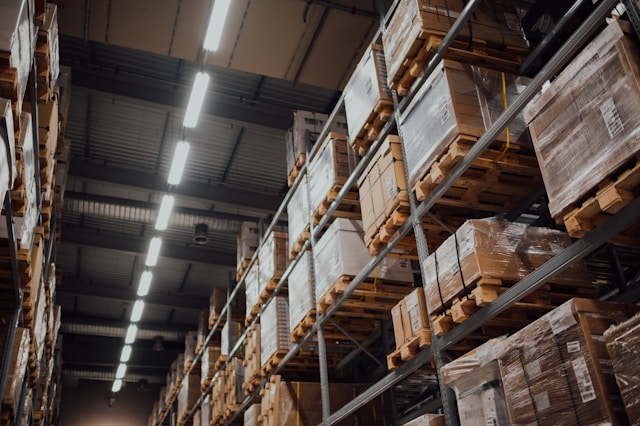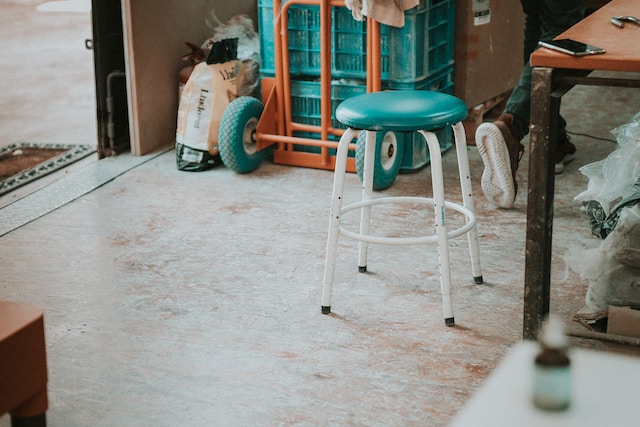The need for safety and efficiency in a warehouse environment is critical. While efforts may be taken to ensure that employees are trained in how to navigate the warehouse environment safely, and maintenance work is undertaken on equipment, there will always be a risk of manual handling injuries in such operations.
Employers have a legal duty to reduce this risk as much as reasonably practicable, but many do not realize that a bespoke goods lift can significantly contribute to the safety of their employees who often take on manual handling tasks.
Understanding the risks of manual handling operations
Manual handling is loosely defined as the movement of loads by hand or bodily force, whether lifting, pushing or pulling. It is a common activity in many workplaces, from warehousing to manufacturing plants and even offices. However, there are certain risks present with undertaking such activities, such as the risk of developing musculoskeletal disorders or sustaining an injury.
Common injuries relating to manual handling accidents can include fractures, sprains, and strains. While employees may train their staff to undertake manual handling jobs using safe lifting techniques, this does not go far enough to reduce the risk of avoidable harm through manual handling activities.
Understanding the legal responsibilities
Under the Health and Safety at Work etc. Act 1974, all employers have a duty of care to take reasonably practical steps to minimize the risk of manual handling accidents. Not only should they provide the training as described above, but they should reduce the load on people, by avoiding manual handling where possible and providing equipment to help them lift more safely.
A failure of an employer to adhere to the act may not only lead to downtime for injured employees and potential Health and Safety investigations, it could also lead to a business being held liable for personal injury claims made by injured workers.
Bespoke lifts and workplace safety
A bespoke lift is a custom-designed solution tailored to help you move your goods between floors of a warehouse safely. Unlike a generic lift, bespoke goods lifts can take into account the unique nature of the materials you transport between floors as well as the layout of your facilities.
This means, no matter whether you are moving heavy or awkward loads, there will be less manual handling between floors. A lift can be designed to fit a pallet truck and several employees and can be fortified to handle particularly heavy loads.
However, manual handling injuries are not the only type of injuries a goods lift could help your workers avoid. For example, having a goods lift located in an accessible part of your warehouse could improve the flow of the warehouse environment, making it safer for forklift trucks to get about.
Installing a bespoke lift
Whether you have a lift already that isn’t fit for purpose, or you’re installing a Mezzanine floor in your warehouse and want to ensure you have a lift that works perfectly for your business needs, a lift can be designed to fit your needs exactly. While most people consider bespoke lifts for their unique space or loading requirements, others may use them to control access to different floors of the warehouse, which can also improve the security of high-value cargo within your facility.
Simply put, a bespoke goods lift could provide a wealth of opportunities to your business, allowing you to transport seamlessly between floors, reduce risks of manual handling, and injuries, and provide an easy, safe way to access all areas of the warehouse itself.







